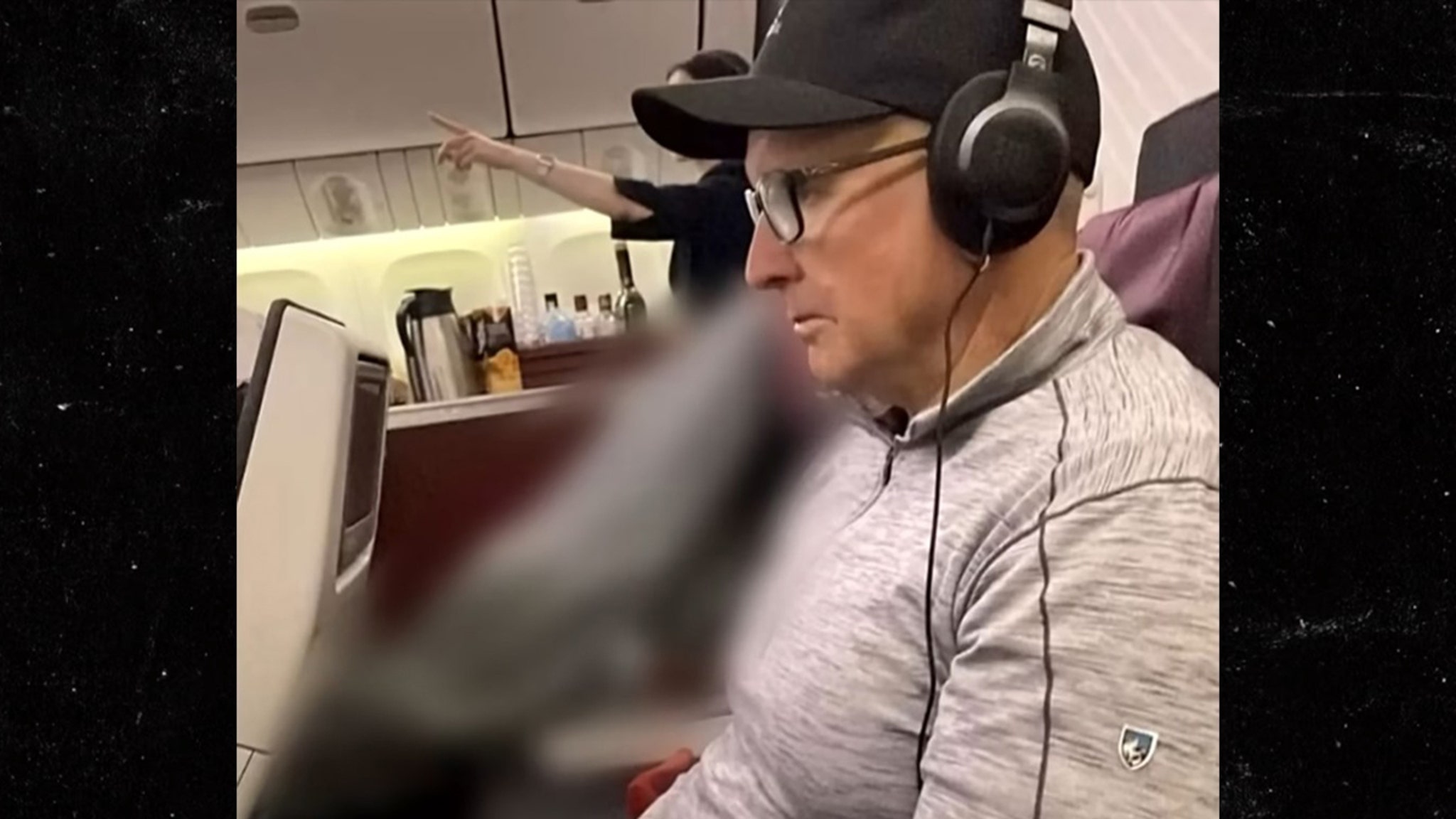Travel
1,200 Acres of Powder for Around $100: Skiing Vermont’s Bolton Valley

Bolton Valley Resort, about 30 minutes east of Burlington, Vt., has long been overshadowed by larger, more famous neighbors.
The family-owned ski area is halfway between Stowe Mountain Resort and Sugarbush, both owned by ski conglomerates that rely on multimountain passes. Stowe takes Epic and Sugarbush takes Ikon, and each resort has more than 100 trails, a vertical drop of over 2,000 feet, a dozen or more lifts, and luxury slope-side lodging.
Bolton Valley is comparatively humble, with six lifts, 71 trails, a vertical drop of 1,700 feet and a 60-room hotel. It is one of the most popular ski areas on the Indy Pass, which features smaller independent mountains, and among the few resorts to offer night skiing. A lift ticket at Bolton costs under $100 most days and nights, half the price of Stowe and Sugarbush.
“We are the littlest of the big ski areas,” Bolton Valley President Lindsay DesLauriers said to me when I visited the resort last month. “We have Formica in the bathrooms, not marble.”
What Bolton lacks in glam it more than makes up for with its terrain and friendly vibe. It has cultivated a niche among Eastern ski areas as a hybrid downhill and backcountry resort, leaning into demand for backcountry skiing with its fabled 1,200-acre powder preserve, known as the Bolton Backcountry.
Bolton Valley reinvented itself, because it almost didn’t survive. The one-stop shop that offered gear, guides and unique terrain — enabling snow seekers to glide seamlessly between groomed, lift-served trails and powdery backcountry glades — was brought back from the brink by devoted skiers and a new generation of a famous skiing family.
The renaissance of Bolton
Ralph DesLauriers, 90, and his father opened Bolton Valley in 1966, with a mission to build a “working man’s resort,” said Ms. DesLauriers, Ralph’s daughter.
“Skiing was a luxury sport for out-of-staters,” she said. “He wanted it to be accessible to Vermonters.” Night skiing was featured to enable locals to ski after work, and on most afternoons in winter, yellow buses disgorged scores of local students, who took over the mountain.
“I think we’ve taught over 50,000 local kids to ski,” Mr. DesLauriers said at his home near the Bolton base lodge. “In the end, that probably saved the ski area.”
By the 1990s, Mr. DesLauriers’s vision of a ski area for common people was a faint anachronism. Neighboring ski resorts were spending tens of millions on luxurious makeovers and marketing themselves to a more affluent clientele. The prospects of a small, independent ski area like Bolton Valley seemed bleak.
Mr. DesLauriers lost Bolton Valley to the bank in 1997, and the resort went through several owners and even closed for a season. Locals moved to save it. Backcountry skiers, who had flocked to Bolton for the beloved glades that surround it, learned in 2011 that the heart of the backcountry trail network was going to be sold. They worked with the Vermont Land Trust to raise $1.8 million to purchase nearly 1,200 acres, which were then donated to the state and are now part of Mount Mansfield State Forest.
In 2017, Mr. DesLauriers surprised the ski world when he repurchased Bolton Valley for little more than it cost him to build the resort a half-century earlier. This time, he asked his children to run it.
So began the renaissance of Bolton Valley, with Lindsay, 45, at the helm. She is aided by her brothers Evan; Adam, who runs Bolton’s backcountry center; and Eric, the head of mountain operations. Another brother, Rob, works as a hotel developer in Jackson, Wyo., and as a quiet adviser to Lindsay. Rob, Eric and Adam achieved renown in the 1990s as extreme skiers and were featured in more than 20 films.
Running a ski area was not in Ms. DesLauriers’s life plan. She had just received a master’s degree in literature and taken a job as an advocate in Montpelier, leading a statewide campaign for progressive workplace policies like paid sick leave.
“My brothers were the skiers. I was into literature and other things,” she said. (She is also, in fact, an expert skier, as I quickly learned when later skiing with her.)
But when her father repurchased the ski area, Ms. DesLauriers reluctantly agreed to take charge.
The ski area “was an extension of our home,” she said. But if she was going to move back, she knew Bolton Valley needed an update. She tapped her political connections and raised $2 million in investments to fund improvements, build mountain biking trails and a wedding venue.
With Adam, she strove to make backcountry skiing a core part of Bolton Valley’s new identity. They hired guides, invested in backcountry ski and snowboard equipment to rent, and started backcountry clinics.
‘If you don’t mind trees’
Learning how to backcountry ski is what drew Steve and Ryan Rogers, a father and son from Weymouth, Mass., to Bolton Valley on a recent January morning. They had come to take an instructional backcountry tour. I tagged along.
Steve, 56, who works in the affordable housing field in Boston, researched online and determined that Bolton Valley was the only place in New England that offered backcountry ski and snowboard rental, instruction, and ski terrain all in one place.
After an hour of orientation inside a warm ski center, the pair (and I) followed the guide Scott Meyer into Bolton’s backcountry.
“If you can Alpine ski, you can probably pull this off — if you don’t mind trees,” Mr. Meyer said.
We skinned up to Bryant Camp, an old cabin built by Edward Bryant, a conservationist and forester who bought the land around Bolton Mountain a century ago. We reached the top of a birch glade, where we removed our climbing skins.
At the sight of the beautiful low-angle glade covered in undulating powder, the Rogers duo looked equally excited and apprehensive. Mr. Meyer gently encouraged them to take their time and focus on the spaces between the trees, not the trees themselves.
They pushed off and were soon gliding through the powder. A few turns in, they were smiling. Ryan, 24, let out a delighted whoop.
“It was beautiful,” said Steve, at the bottom of the run. “Seeing trees come at me a little faster — that was a little eye-opening or adrenaline-pumping, but great.”
Later that day, I found Ms. DesLauriers in her office overlooking the ski area.
She told me that since she took the helm in 2018, the resort’s gross revenue has nearly tripled, season pass sales have increased 30 percent and the resort is profitable for the first time in years.
She said she relishes taking on the titans of the ski industry.
The neighboring resorts on the Epic and Ikon passes, she said, “have left gaps in the market that we’re happy to fill.”
Multimountain passes fundamentally changed the nature of skiing in the United States — while bringing hefty profits to the resort conglomerates that introduced them. The passes prompted crowds of skiers, yet exacerbated traffic jams, long lines and housing shortages in small resort communities. Skiers overall welcomed the savings and flexibility brought by Epic and Ikon, but the cost of single-day lift tickets rose dramatically at participating resorts, now topping $300 at Vail and Park City and over $200 at Stowe.
A lift ticket for around $100 “might sound like a pretty freaking good deal,” Ms. DesLauriers said, “for a powder day with five-minute lift lines and 1,700 vertical feet.”
Follow New York Times Travel on Instagram and sign up for our Travel Dispatch newsletter to get expert tips on traveling smarter and inspiration for your next vacation. Dreaming up a future getaway or just armchair traveling? Check out our 52 Places to Go in 2025.




























